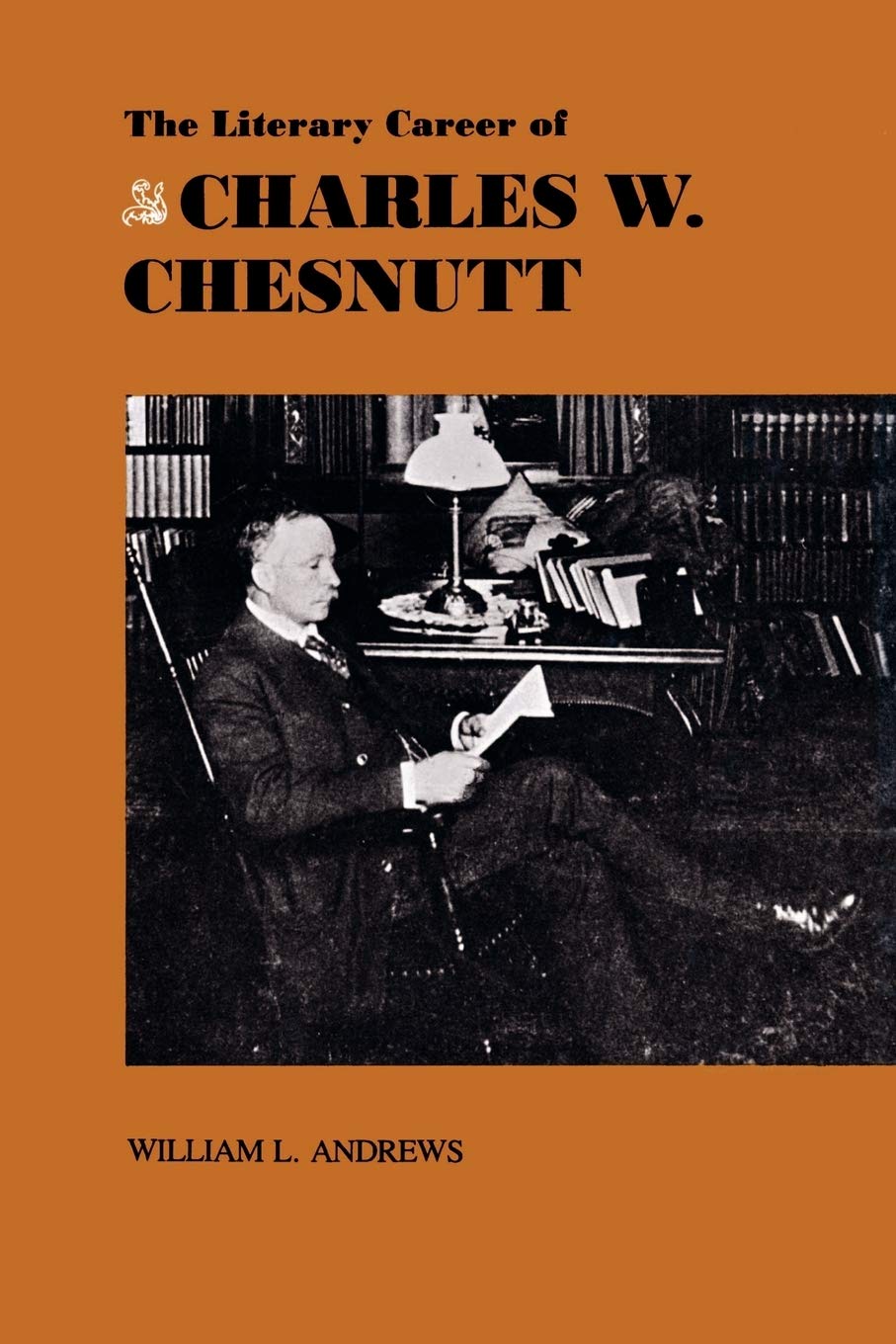History, Trauma, and the Discursive Construction of “Race” in John Dominis Holt’s Waimea Summer
Cultural Critique
Number 47, Winter 2001
pages 167-214
DOI: 10.1353/cul.2001.0026
Susan Y. Najita, Associate Professor of English
University of Michigan
In contemporary discussions about the literature of Hawai’i and its decolonization, a central problematic resulting from on-going Euro-American imperialism is the tension between genealogical and racial definitions of Hawaiianness. Haunani-Kay Trask in “Decolonizing Hawaiian Literature” argues for a notion of “Hawaiian” that is based upon “[g]enealogical claims” of Hawaiians as the first people of Hawai’i,” a claim that establishes their status as indigene and Native (170). She argues, “It is the insistence that our Native people have a claim to nationhood on Hawaiian soil that generates the ignorant and ill-intentioned response that Hawaiian nationalists are racists. In truth, Hawaiians are the only people who can claim Hawai’i as their lahui, or nation” (170). I quote this passage to show how Trask suggests the way in which genealogical claims, when viewed from more Western perspectives of family descent and pedigree, can be taken to imply a more racialized idea of ancestry.
J. Kehaulani Kauanui has aptly noted the difference between pedigree and genealogy in the contemporary Hawaiian sovereignty struggle. The Hawai’i State Constitution and the Hawaiian Homes Commission Act of 1920 define “native Hawaiian” in terms of blood quantum, specifically, 50 percent Hawaiian blood. Kauanui argues that this notion of pedigree is based upon the assumption of racial purity and the suggestion that as racial mixing and intermarriage continue, “Hawaiians,” as defined by blood quantum, will be bred out of existence, will “vanish.” She advocates a turn toward a genealogical definition that valorizes multiple interpersonal relations more reflective of the Hawaiian sense of group belonging. Such [End Page 167] an approach implies impurity and mixing that is not a “dilution” but a reterritorialization, reflecting the complex relations between ethnic groups in Hawai’i.
In his novel Waimea Summer, Native Hawaiian writer John Dominis Holt [1919-1993] vividly depicts the conflict between identities based, on the one hand, upon racializing notions such as eugenics and pedigree that imply purity, and on the other hand, upon genealogy that implies relations between people and a sense of the past that guides future action. For Holt, genealogy and history guide nationalist struggle, and so in order to chart a decolonized future, he must first address one of the legacies of colonialism, the way in which racial constructions have interfered with genealogy in structuring identity. Holt’s novel depicts how this oppositional and racialized notion of pedigree is one of the causes of his protagonist’s traumatic acting out in the novel; it prevents him from wholly accepting the nationalistic claims that his genealogy makes upon him.
The novel tells the semiautobiographical story of a hapa haole (part-Hawaiian, part-white) youth, Mark Hull, who visits his paniolo uncle, Fred Andrews, in the ranching town of Waimea on the island of Hawaici. Amid the financial and social decline of his extended family, Mark attempts to understand what it means to be Hawaiian as he is introduced to various cultural practices of his rural relations in Waimea and Waipio Valley. During his stay, he attempts to keep his uncle’s family together and to save the life of his young cousin Puna. At the novel’s end, the protagonist is familiarized with his genealogical ties to his ancestor, Kamehameha I, the first chief to unite the islands under a single ruler. The central problem with which Mark struggles is the oppositional way missionary discourse and eugenics structures hapa haole identity along the construction of race and racial mixing in contrast to the Hawaiian emphasis on genealogy, which implies a connection to ancestral history that guides future action…
Read the entire article here.





